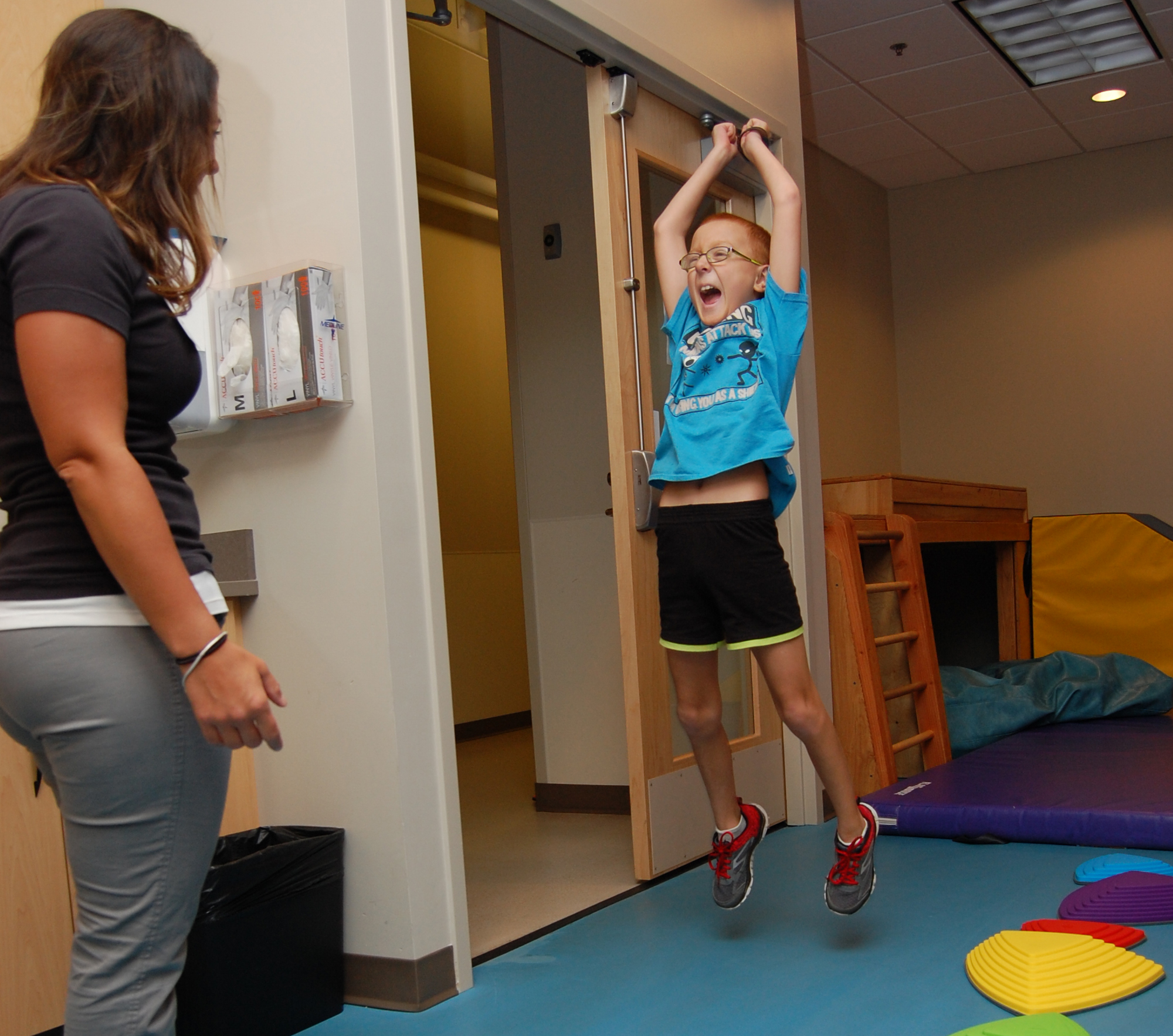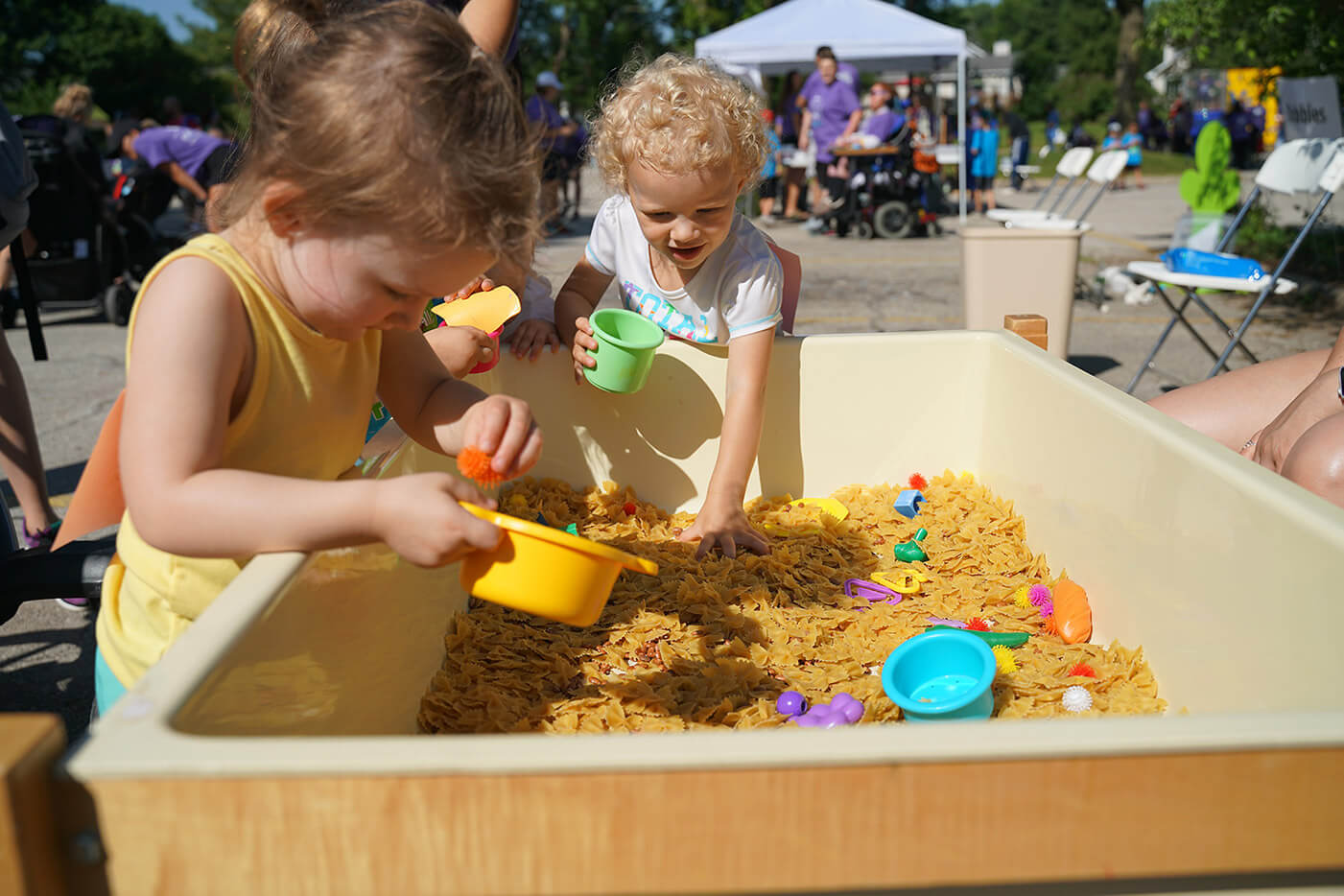
As we enter a new school year with more challenges than ever before, finding ways to adapt is important. Did you know that movement plays a big role in helping your child learn?
Without movement and sensory input, we tend to get tired, less focused and less motivated. Our kids are no different. When kids have multiple opportunities to get up and move throughout their day, they are better equipped to sit and pay attention to what is being taught so they can learn and retain information.
This is caused by a system called the vestibular system, also known as our bodies’ “sixth sense.” Our vestibular system gives our brain information about movement, body position and spatial awareness. It aids in motor functions like balance and posture. To activate this system, we need to move.
Why Movement Matters For Students
Movement is important because it gives kids brainpower to engage in the classroom. Working movement into your student’s day may be easier at home than at school this year. At home, there are more options of where a child can move and what they can do. If there is a particular type of movement you know helps your child focus, you can implement that into your day. Some examples of ways your child can move at home are:
- Red light, green light
- Taking a walk
- “Don’t let the balloon touch the ground” game
- Obstacle course
- Scavenger hunt
However, movement can still be implemented into the school day. Some examples of movement at school are:
- Stretching breaks
- Individual class helper tasks (i.e. delivering papers to other students)
- Jumping jacks
- Simon Says
- Dance parties
No matter where your classroom is, adding designated movement time throughout your student’s day will help them learn more effectively this school year.
Continued below.

Try a Sensory Diet
Giving kids a wide range of sensory activities to participate in throughout the day helps them function at their best in the classroom. In Occupational Therapy, we call this a Sensory Diet. At home, there are a larger variety of sensory activity options, but there are still plenty of options that can be implemented at school. A sensory diet may include activities like:
- Jumping on the trampoline
- Swinging
- Sculpting play dough
- Playing with slime
- Searching for objects in rice bins
Taking breaks throughout the day to make time for sensory experiences is an effective way to help children focus and learn well.
This school year may look different than any before. There are new challenges that teachers, children and parents must face. I hope the tips I’ve shared help you think creatively about how to make this year great!
About
ChildServe improves the health and well-being of nearly 5,800 children each year through specialized clinical, home, and community-based programs and services. We serve children with developmental delays, disabilities, injuries, and other special healthcare needs.
Follow Us
Contact Us
Johnston | 515-727-8750
Ames | 515-232-7220
Des Moines | 515-280-5332
Iowa City | 319-351-5437
Cedar Rapids | 319-777-7450
Links

Recent Comments